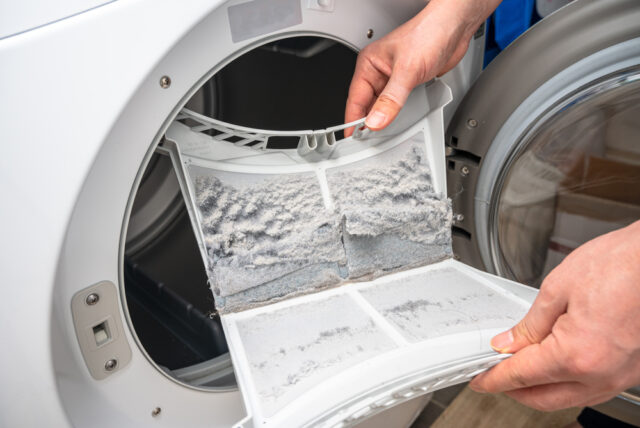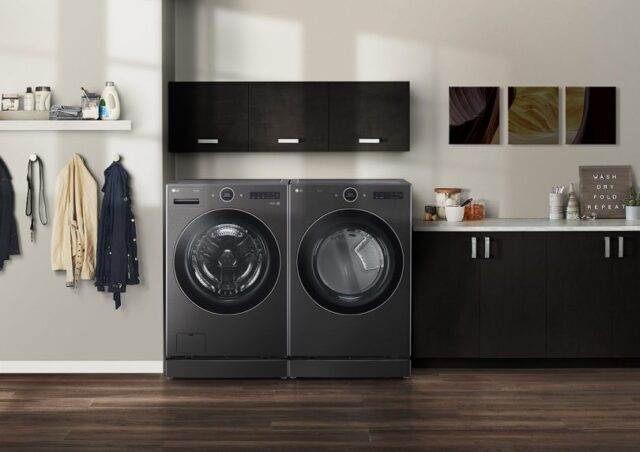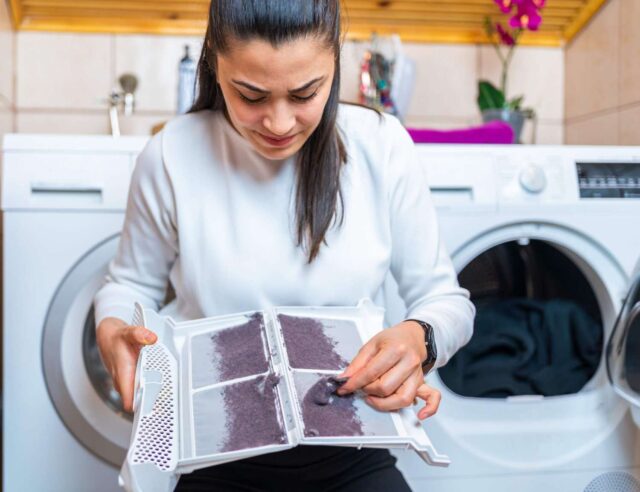
The ability to swiftly and reliably dry garments has become a cornerstone of efficient domestic routines. However, the ease and speed with which dryers operate should not overshadow the crucial aspect of their upkeep. Much like any other household appliance, regular maintenance is imperative to uphold the optimal functioning of these machines, ensuring they deliver efficient performance and remain safe for everyday use.
In today’s fast-paced lifestyles, the convenience offered by dryer machines has transformed how we manage our laundry. From damp clothes to bulky towels and delicate linens, these appliances have liberated households from the constraints of weather-dependent air drying.
As a cornerstone of laundry efficiency, dryers play a pivotal role in the lives of countless individuals. The time saved by these appliances is invaluable in our busy schedules, allowing for more flexibility and convenience in managing household chores. However, the benefits of owning a dryer extend beyond mere convenience. To maximise the longevity of these appliances and safeguard against potential hazards, homeowners must prioritise routine maintenance. Addressing issues such as lint accumulation, vent blockages, and overall system efficiency not only enhances the dryer’s performance but also underscores a commitment to safety in the home. This article aims to shed light on why consistent dryer maintenance is not just a chore but a crucial aspect of preserving efficiency and, most importantly, ensuring the safety of our households.
Efficiency

Efficiency is a critical facet of a dryer’s performance, and regular maintenance serves as the linchpin for optimal functionality. Over time, the accumulation of lint and debris within the dryer vent and exhaust ducts poses a substantial impediment to proper airflow. The ensuing restriction in airflow prolongs the drying process, thereby escalating energy consumption. Inefficient dryers not only incur heightened electricity usage but also contribute to an increase in utility expenditures. The implementation of routine maintenance protocols, encompassing the meticulous cleaning of lint filters and exhaust ducts, emerges as a fundamental practice in preserving unimpeded airflow. This, in turn, mitigates drying time, curtails energy costs, and upholds the overall efficiency of the dryer.
Consider the lint filter as a crucial element in this efficiency equation. Neglecting its regular cleaning after each cycle permits the accumulation of lint, thereby impeding the smooth passage of air. This impediment transforms into a bottleneck in the drying process, compelling the dryer to exert more effort and extend the duration required for each cycle. The consequential ramifications include both operational frustration due to prolonged wait times and a discernible elevation in energy consumption. Conversely, the conscientious and consistent cleaning of the lint filter ensures unhindered airflow, facilitating the optimal operation of the dryer and the preservation of efficient drying times.

Moreover, the exhaust ducts play a pivotal role in the ventilation system of the dryer. Over time, these ducts can become encumbered with lint and debris, impinging upon the overall airflow dynamics. A scenario where the exhaust ducts remain uninspected and uncleaned for extended periods can manifest as a significant impediment to efficient drying. The resulting restricted airflow hinders the expeditious expulsion of moist air, prolonging the drying process and amplifying energy consumption. The routine maintenance practice of inspecting and clearing exhaust ducts is imperative in preventing such inefficiencies, thereby ensuring optimal airflow and mitigating unnecessary energy consumption.
The direct correlation between inefficient dryers and elevated energy costs is a consequential consideration. Prolonged drying times resulting from restricted airflow necessitate prolonged operational periods, translating into heightened electricity usage and subsequently inflated utility bills. In a hypothetical scenario where dryer inefficiency persists due to a lack of maintenance, the cumulative effect is palpable in the form of increased energy expenditures. Conversely, an established maintenance routine, inclusive of lint filter cleaning and exhaust duct clearance, stands as a strategic means to keep the dryer operating efficiently. This not only yields financial savings but aligns with sustainable practices by minimising superfluous energy consumption.
Safety

In the routine of daily life, the convenience of a dryer can often overshadow the potential safety risks it poses. Lint, the seemingly harmless residue left behind from drying clothes, conceals a hazardous characteristic – it is highly flammable. The accumulation of lint in the various components of a dryer, particularly in vents and ducts, creates a genuine fire hazard. This risk is not merely theoretical; It is reported by several sources that thousands of residential fires are attributed to dryer-related issues every year. Some of them are:
1. The Fire Hazard Lurking in the Vents
Consider the ventilation system of your dryer as a potential breeding ground for a fire hazard. When lint accumulates in the vents and ducts, it forms a combustible combination. The confined spaces of these pathways become a ticking time bomb, especially when subjected to the continuous heat generated during drying cycles.
2. A Closer Look at the Lint Filter:

The lint filter, a seemingly small and often overlooked component, plays a pivotal role in averting potential disasters. Its purpose is to capture lint during each drying cycle, preventing it from circulating through the ventilation system. Neglecting the routine cleaning of this filter significantly heightens the risk of lint buildup, transforming it into a potential ignition source.
3. The External Duct as a Safety Valve:
Even the external duct, situated on the exterior of your home, plays a crucial role in dryer safety. Any obstructions to this duct can impede the proper release of hot air and moisture, amplifying the risk of a potential fire hazard.
4. Building a Safety Net through Routine Maintenance:

By routinely cleaning lint filters, inspecting vents, and clearing external ducts, you are not merely performing mundane upkeep on a household appliance. Instead, you are actively constructing a safety net for your home. Devoting a few minutes to these maintenance tasks can potentially save you from the catastrophic consequences of a dryer-induced fire. In doing so, you’re safeguarding not just an appliance, but the very essence of your home – a haven that remains secure and protected.
Conclusion
In the big picture of household chores, dryer maintenance may seem like a minor task. However, its impact is reflected in the efficiency, safety, and lifespan of a crucial home appliance. By embracing the role of a responsible caretaker for your dryer, you not only enhance its performance but also fortify the safety of your home. So, the next time you toss a load into your trusty dryer, remember that a few moments of maintenance today can keep the flames of potential hazards away and ensure the efficient hum of your drying companion for years to come.









